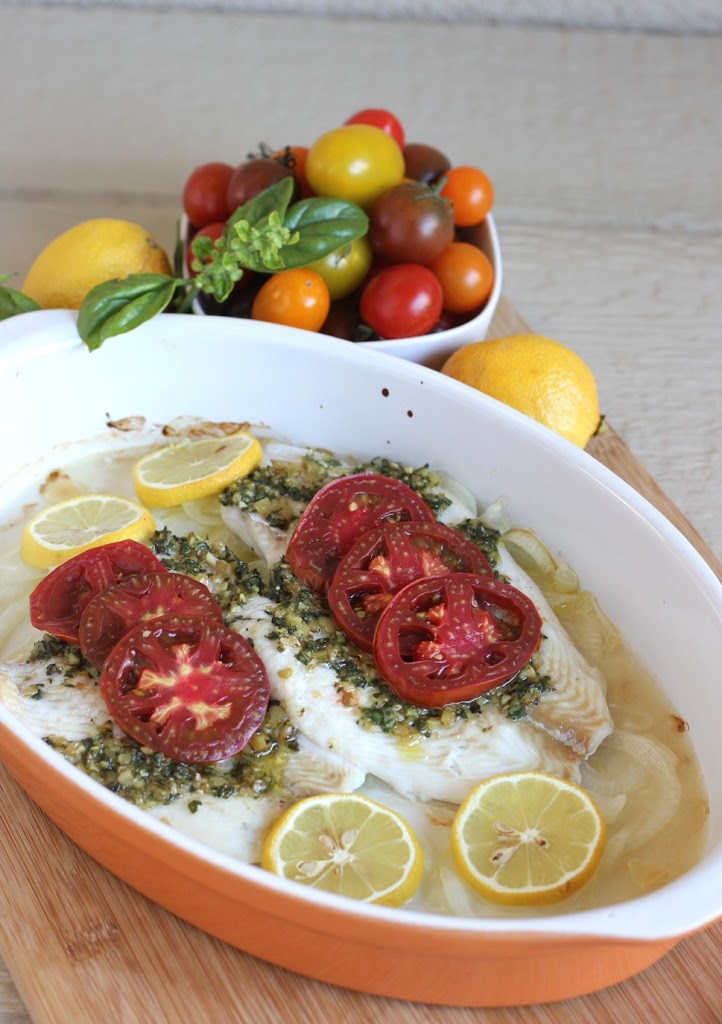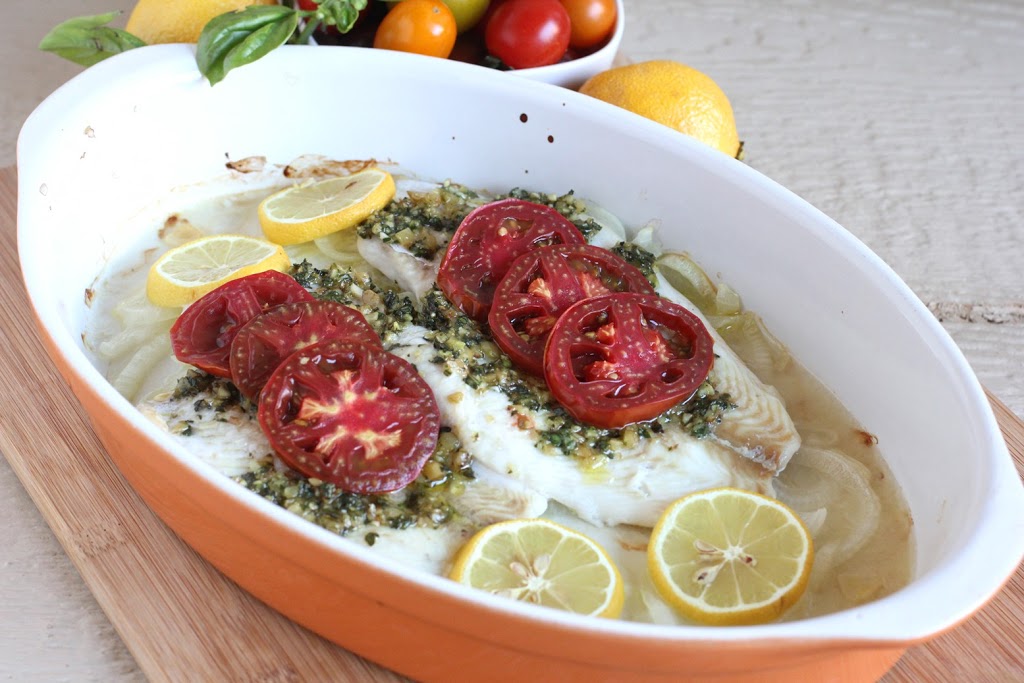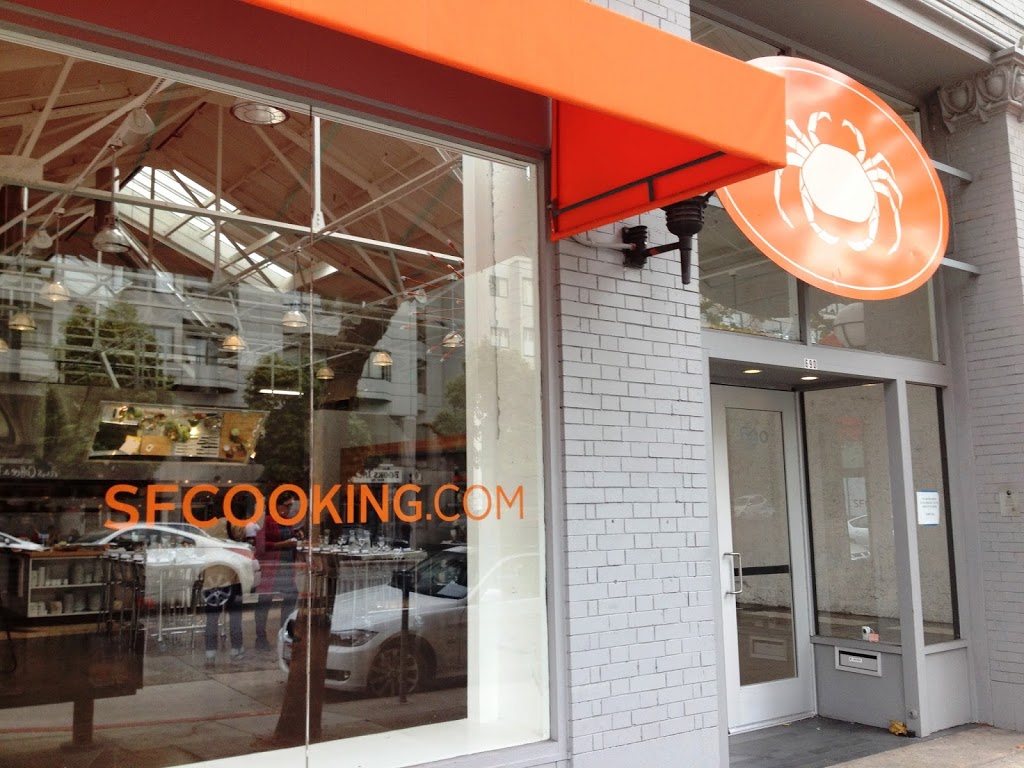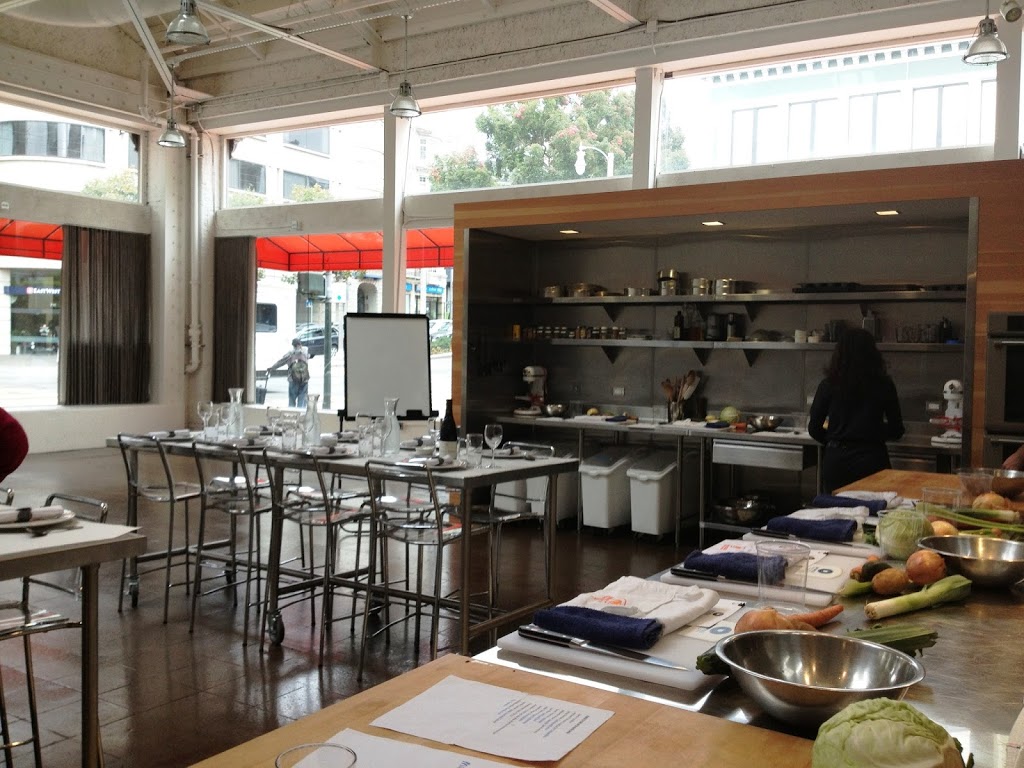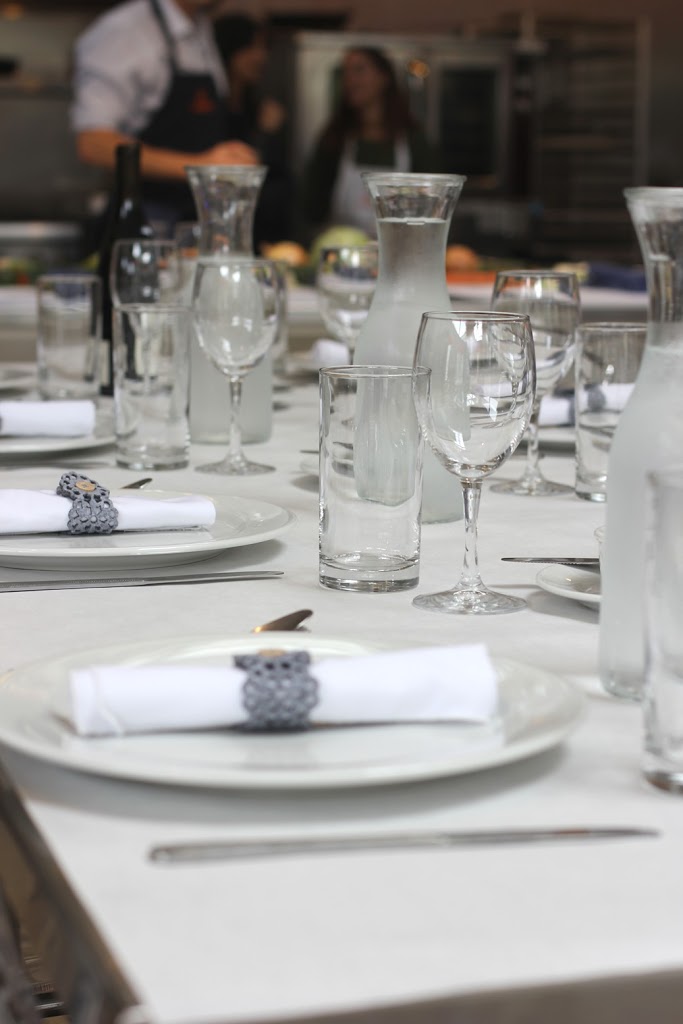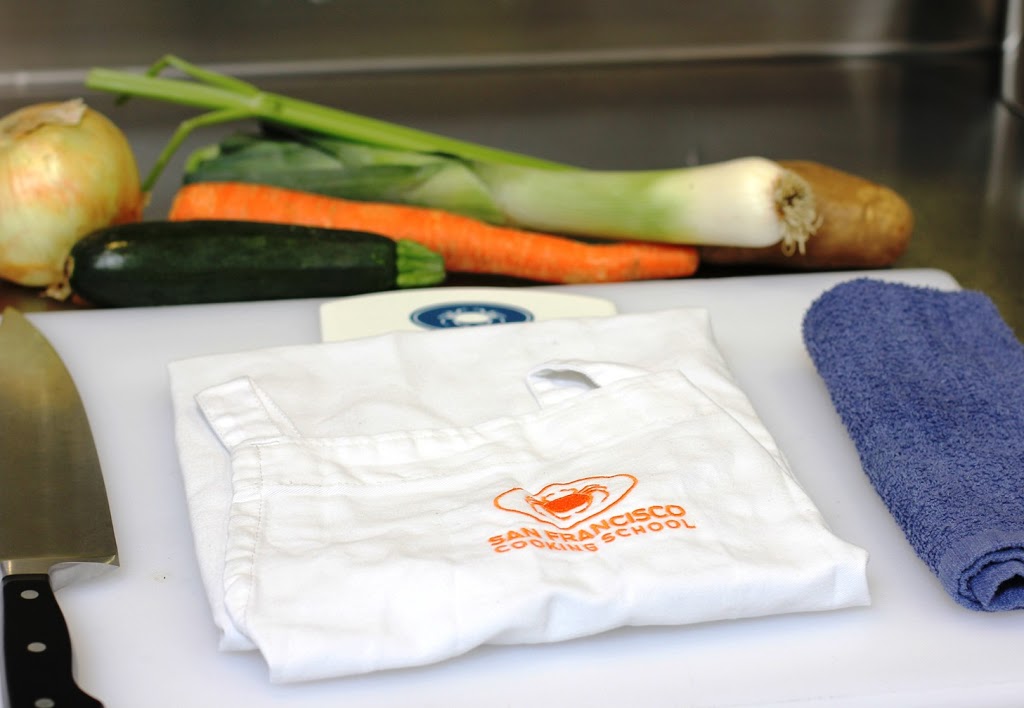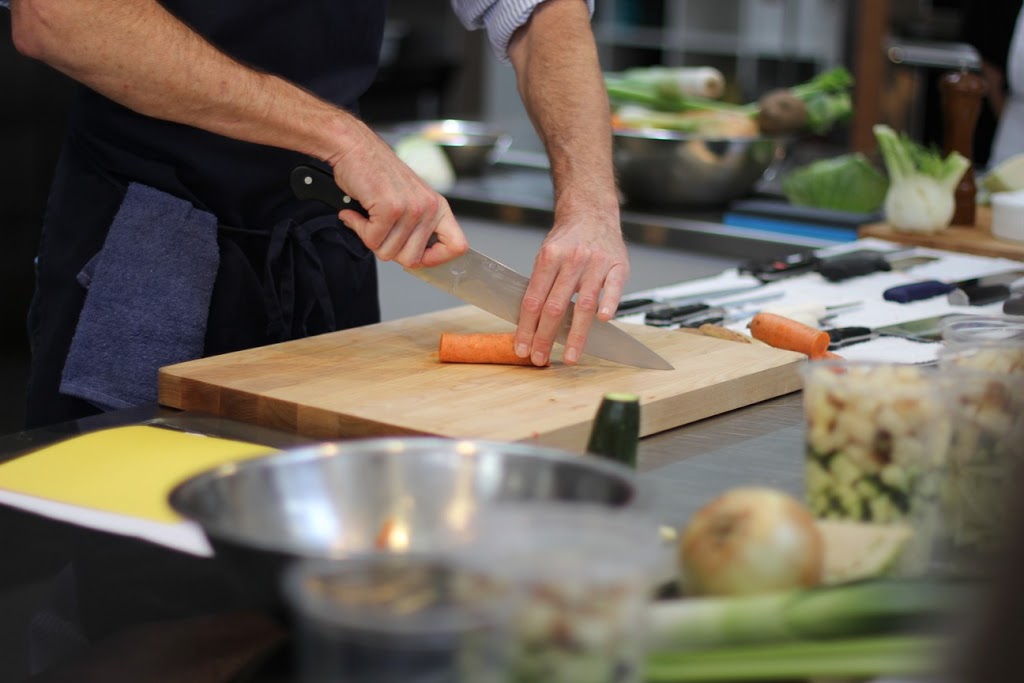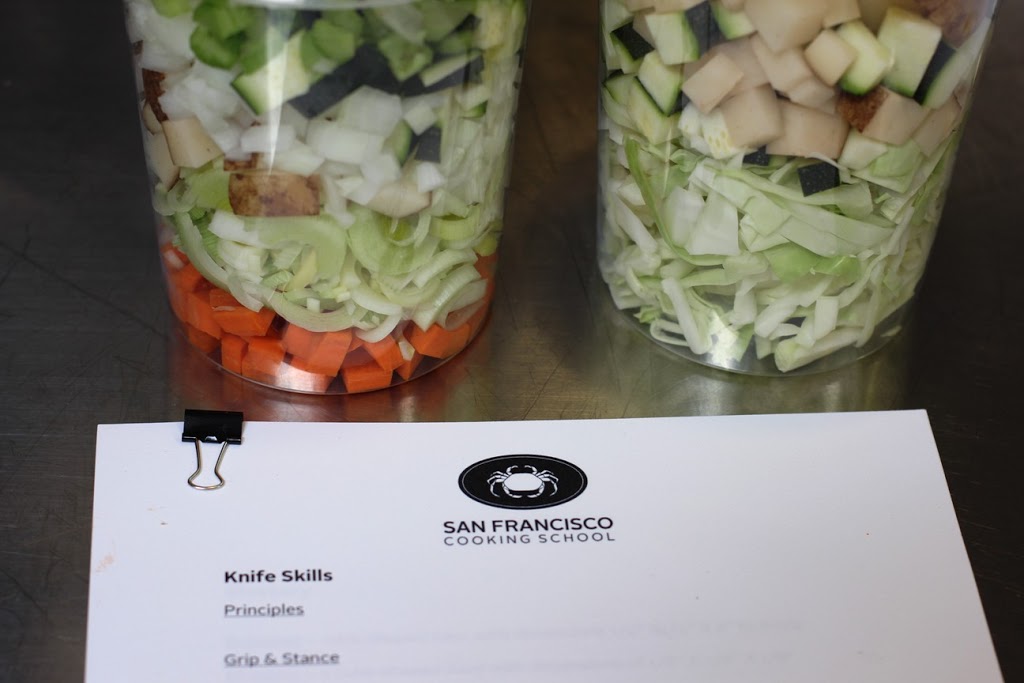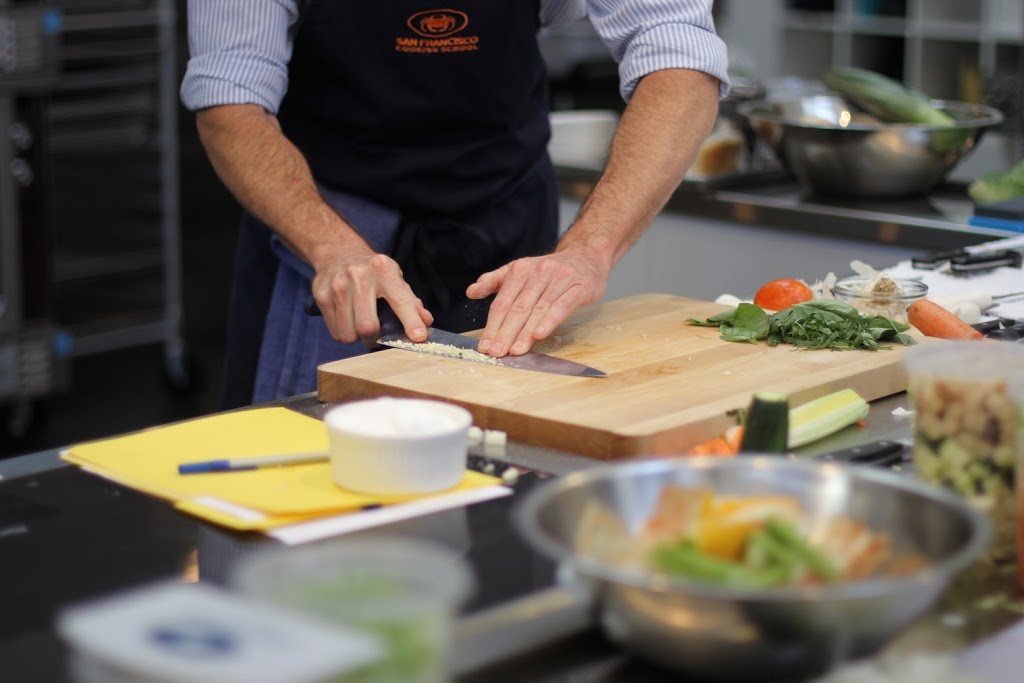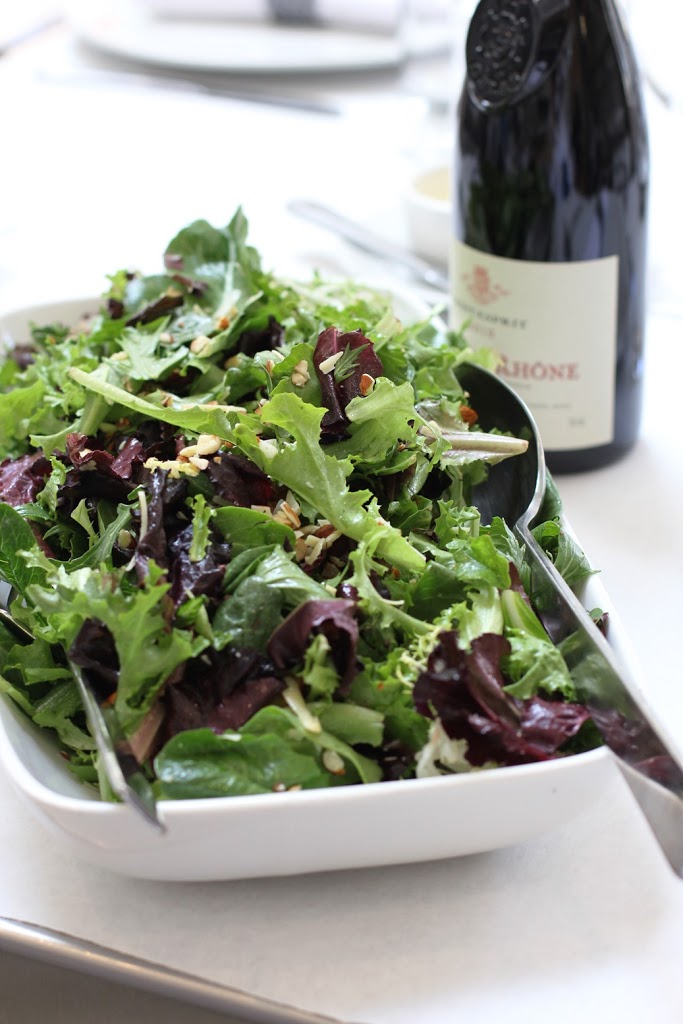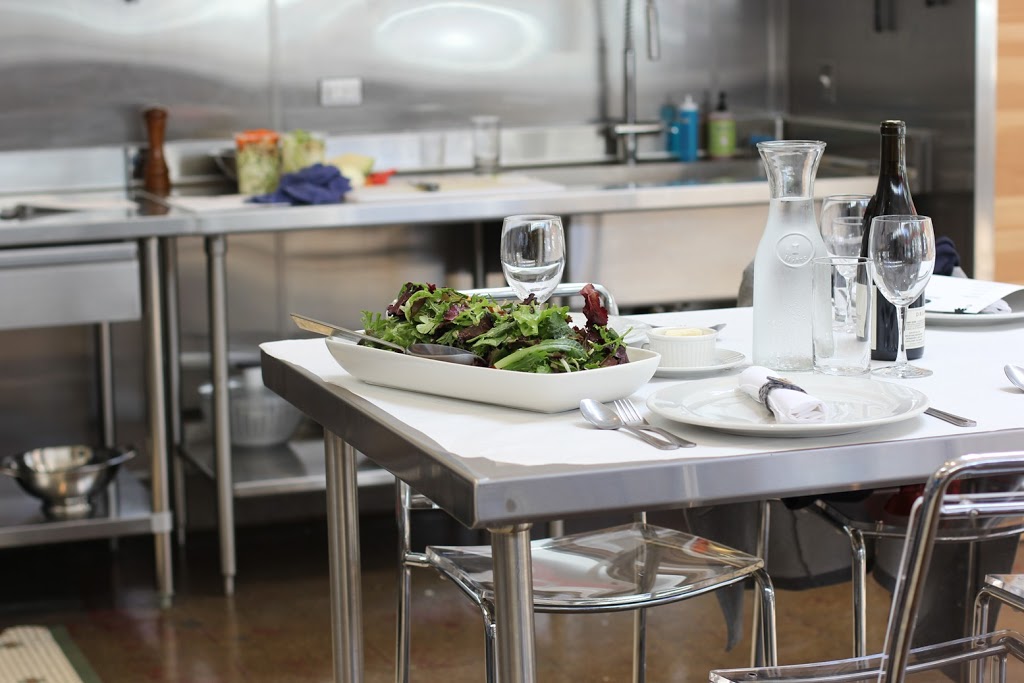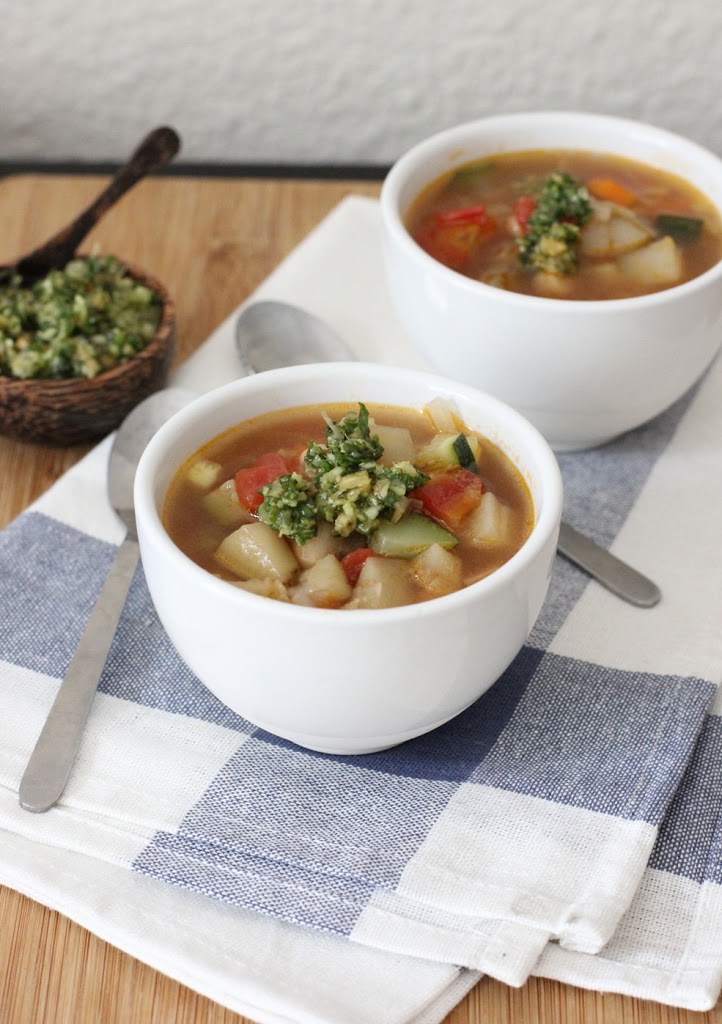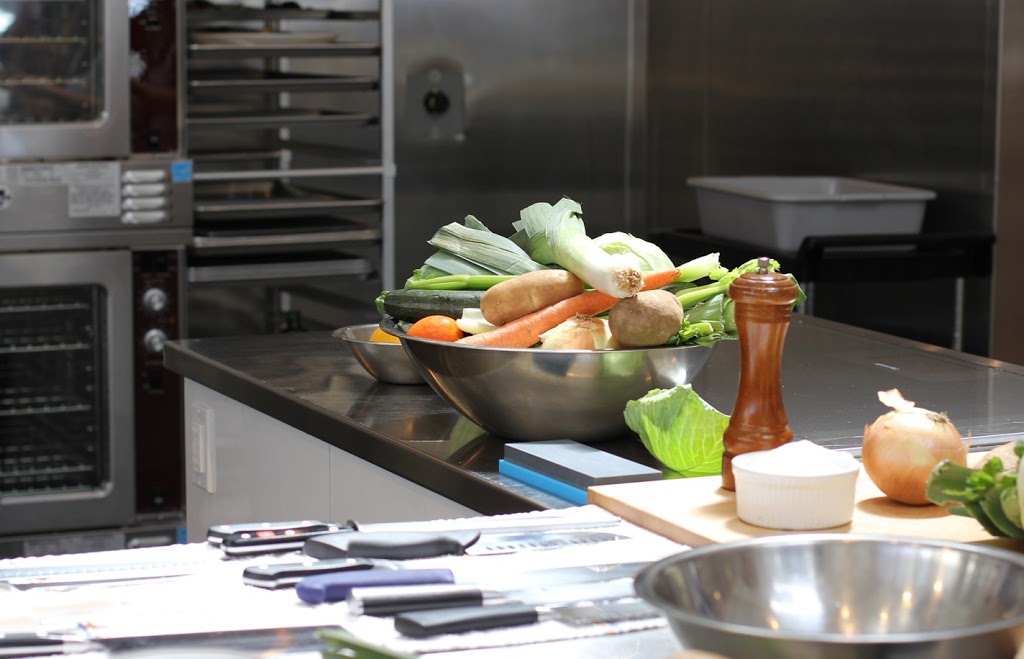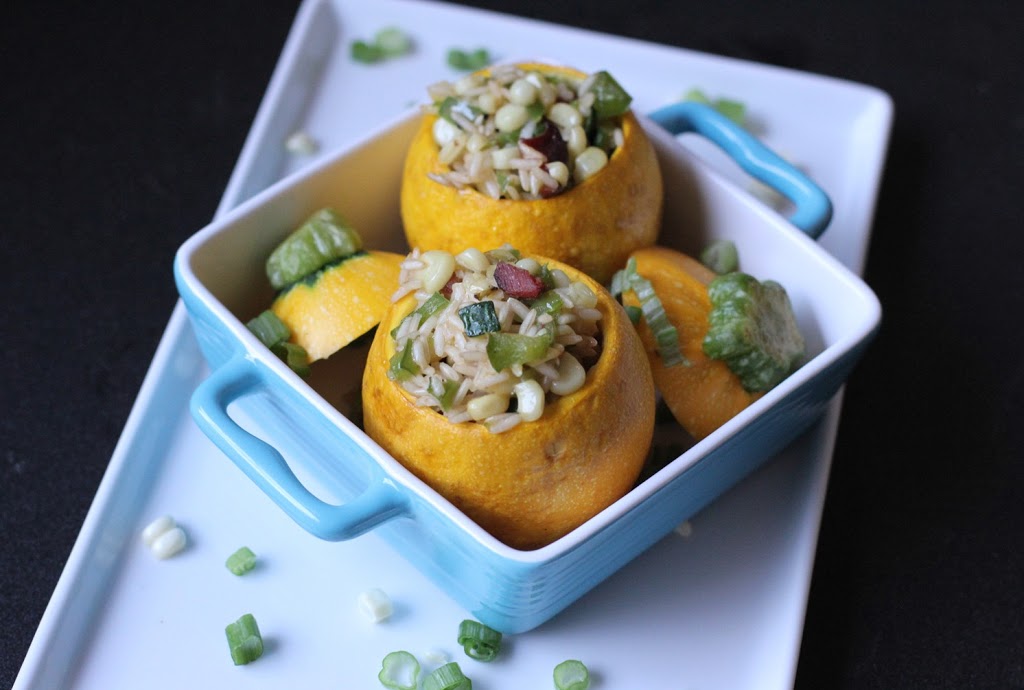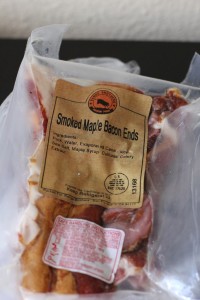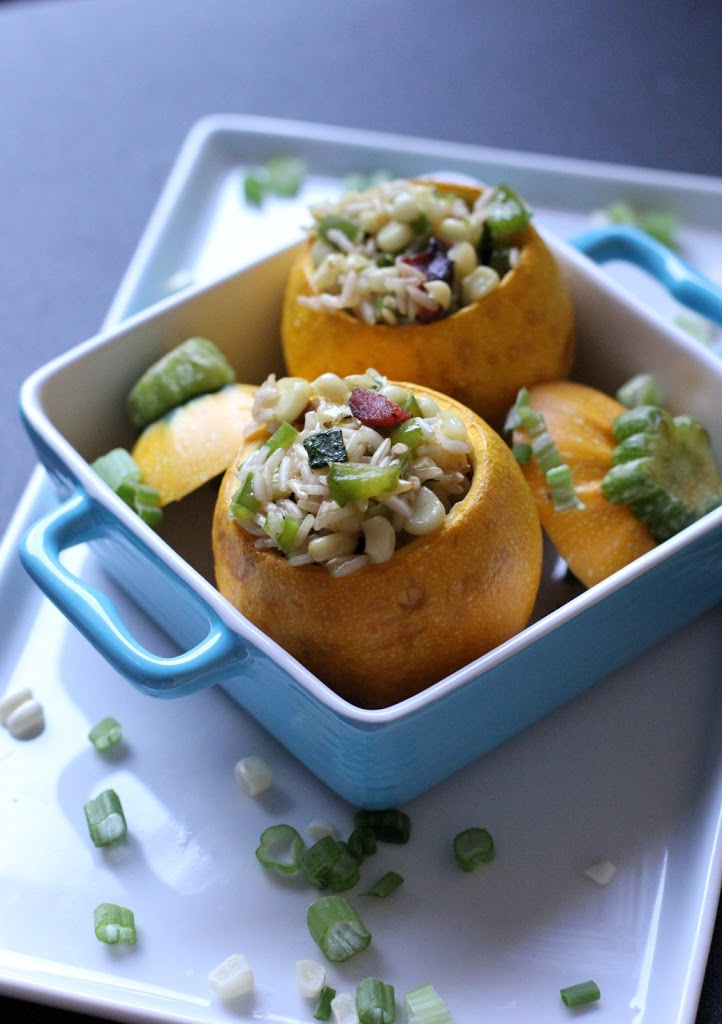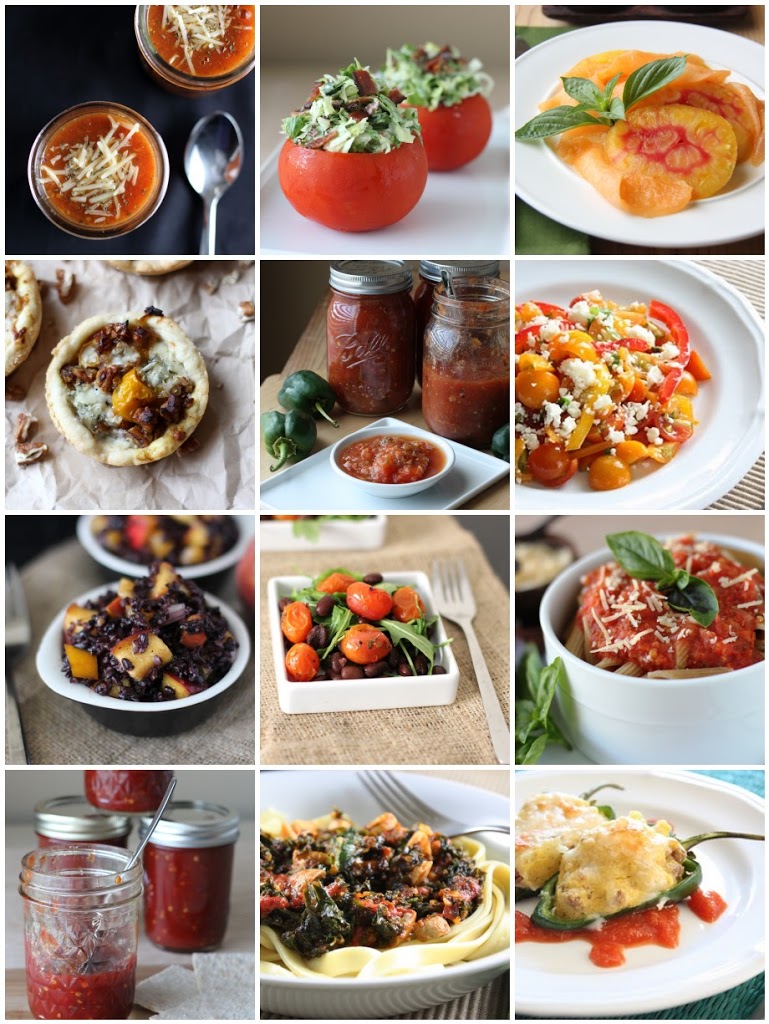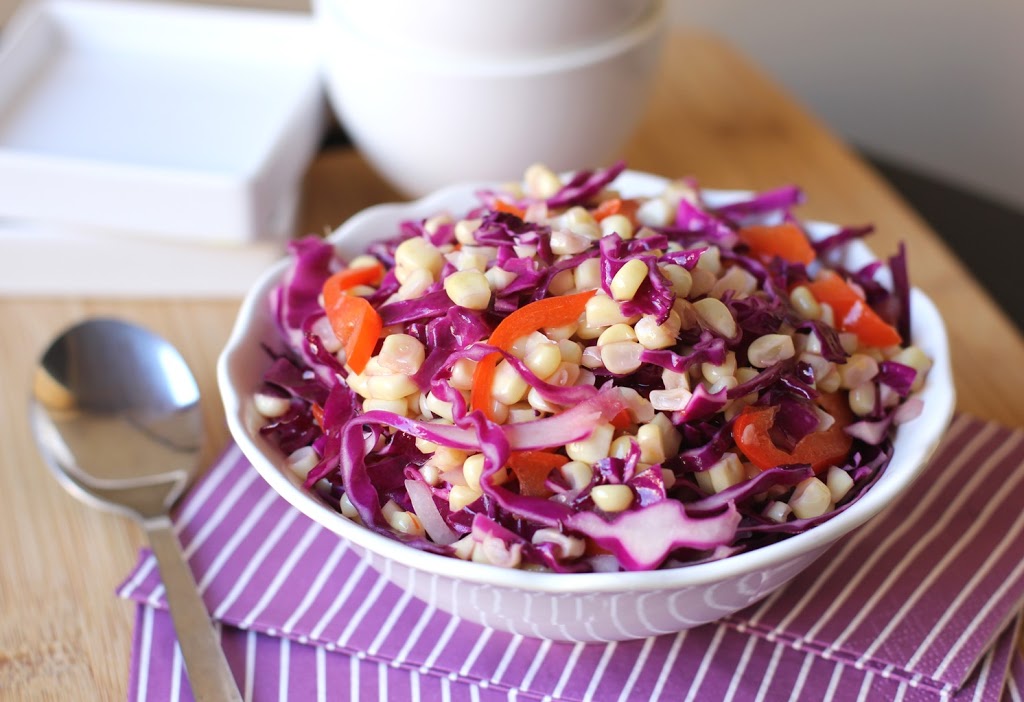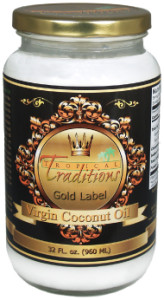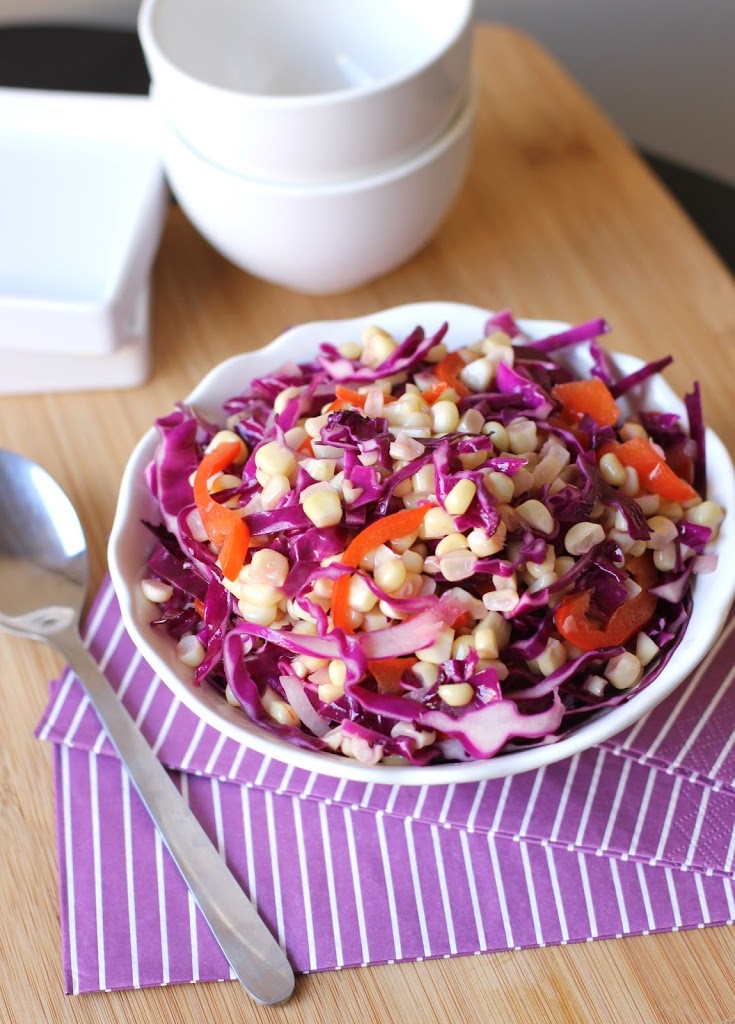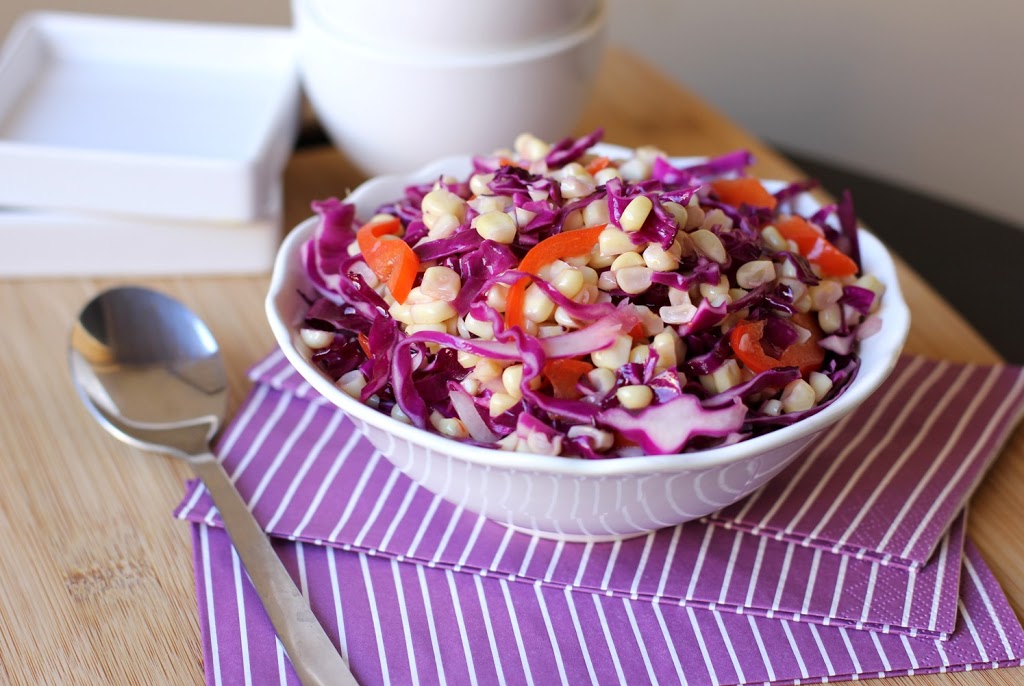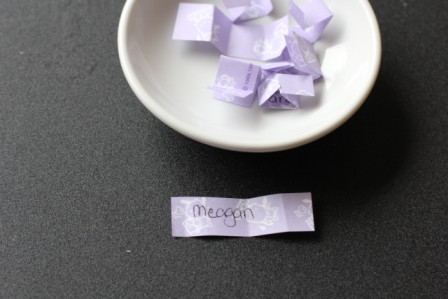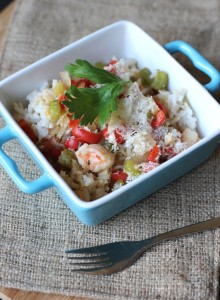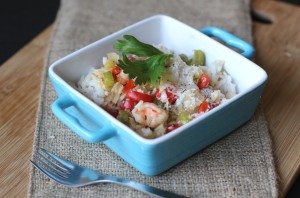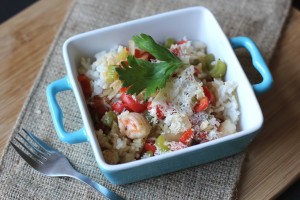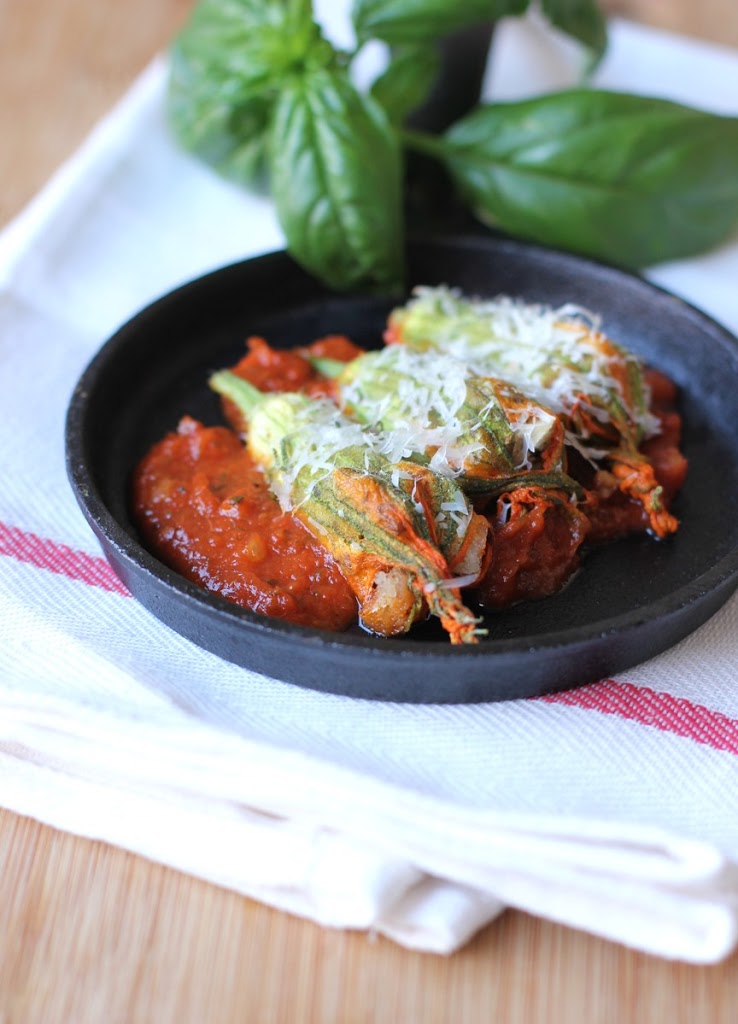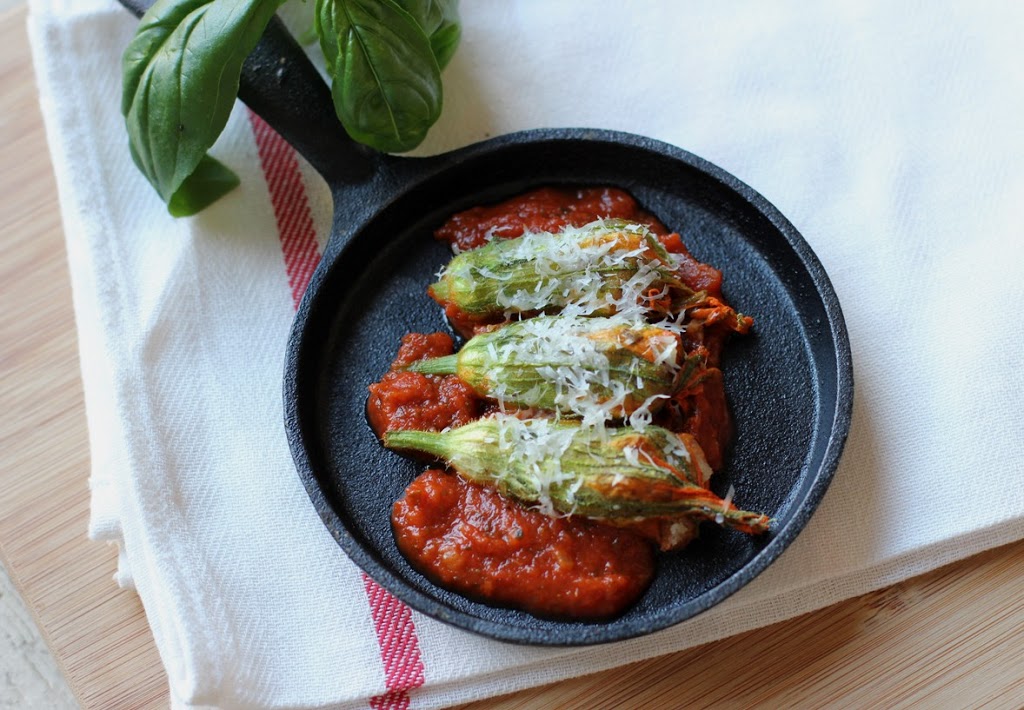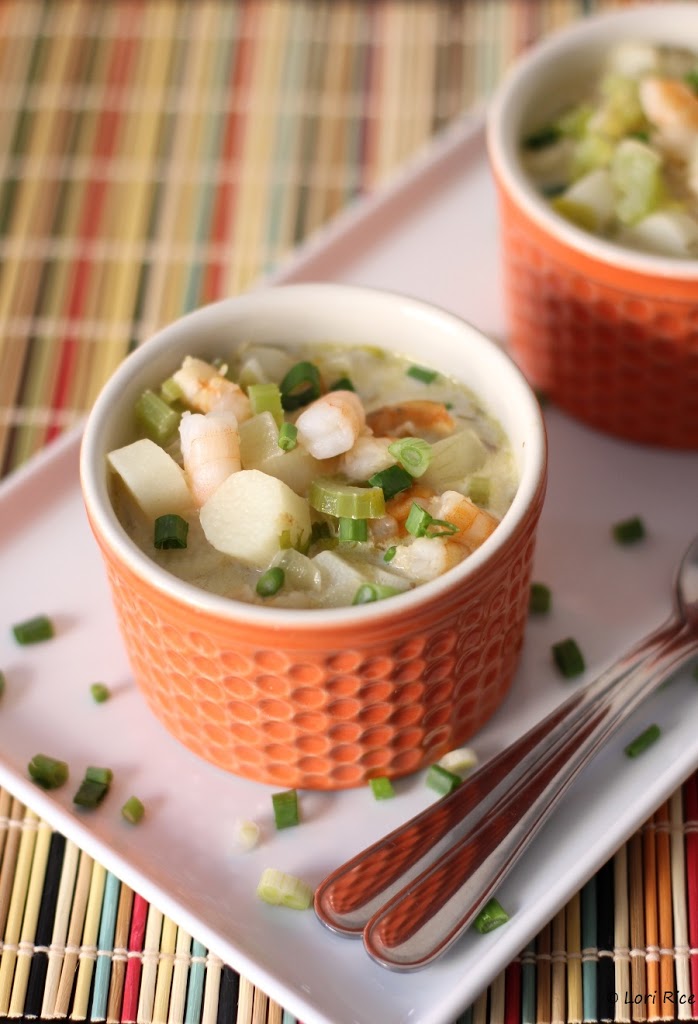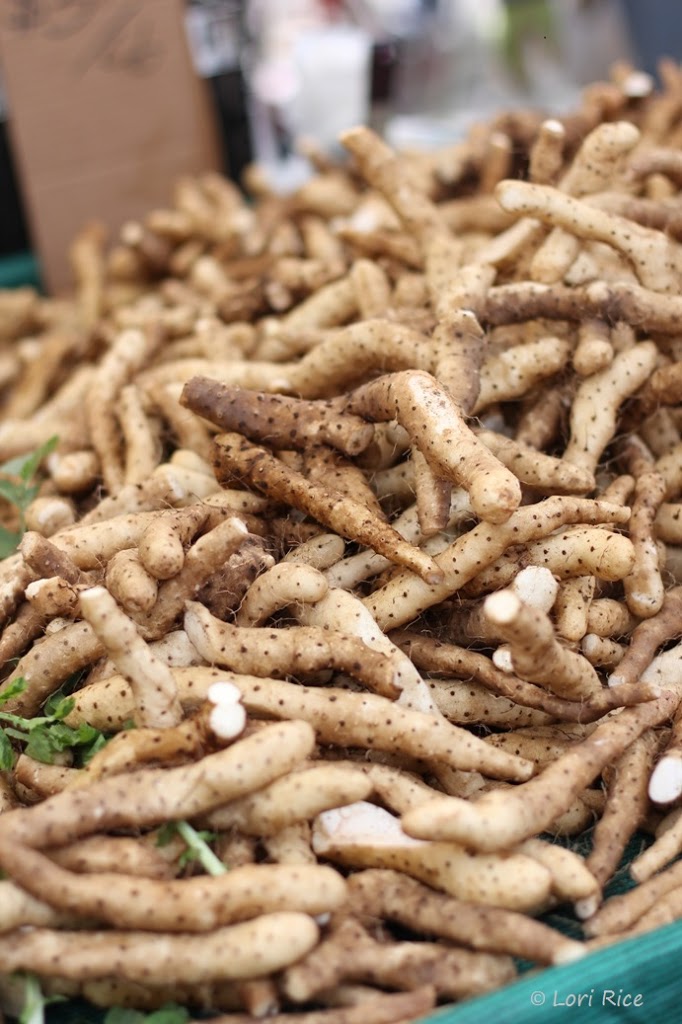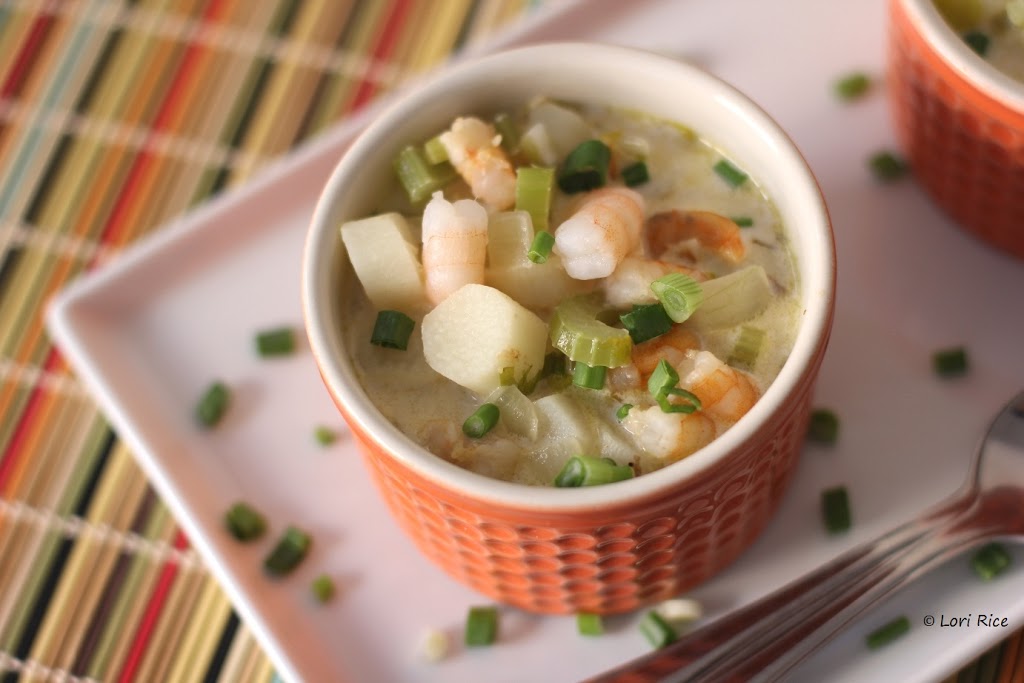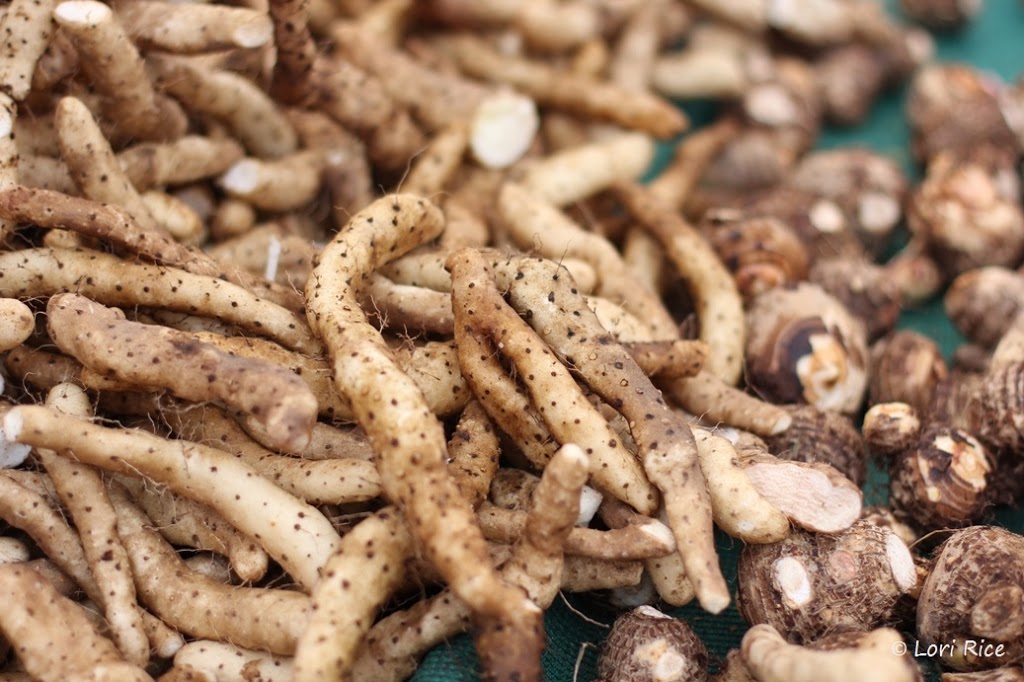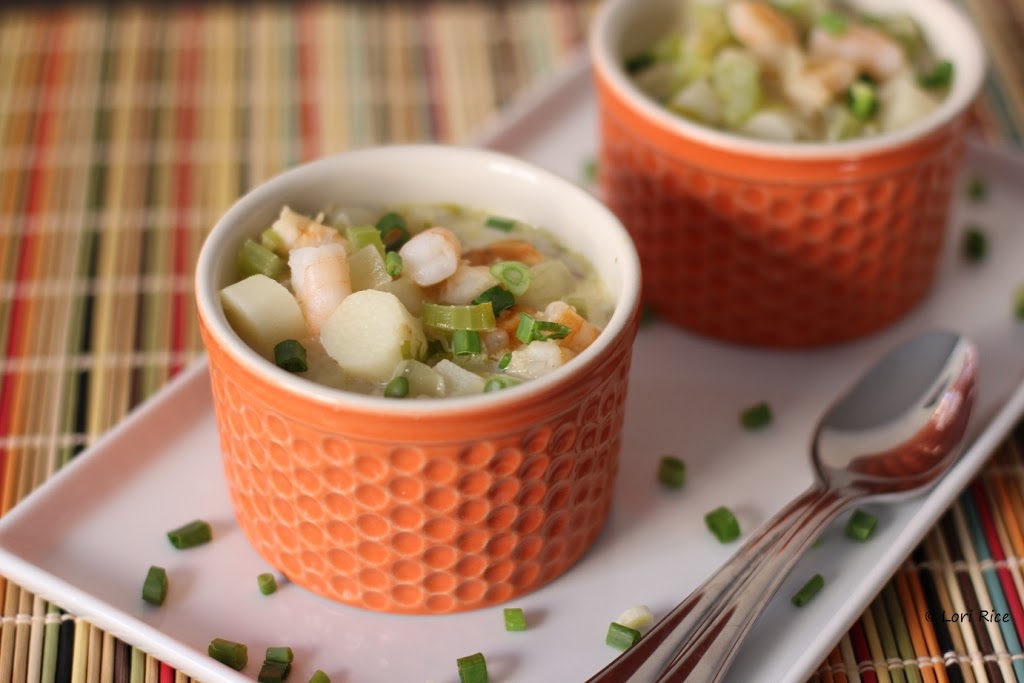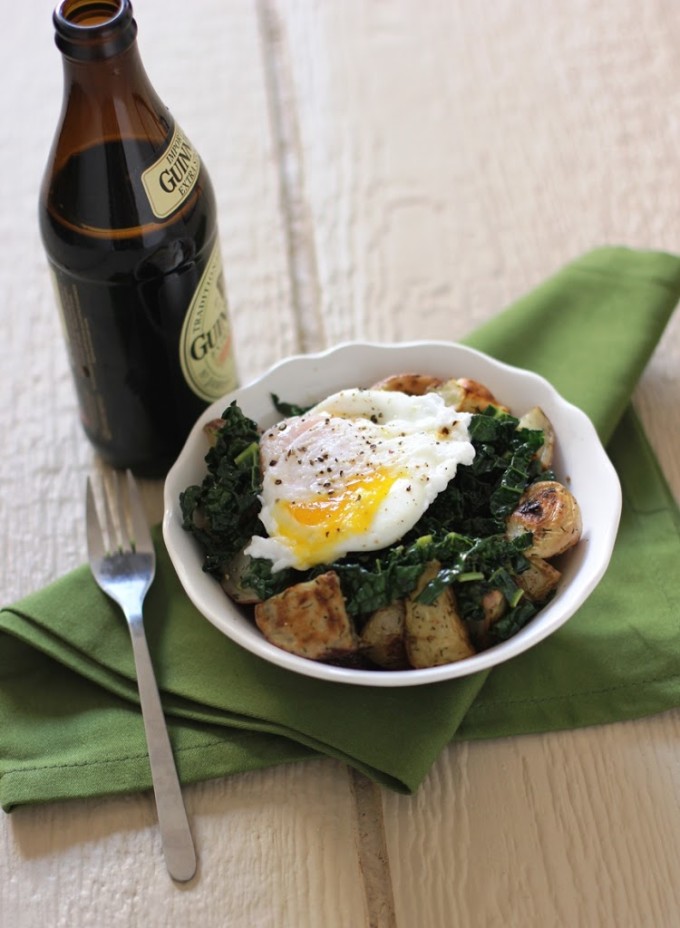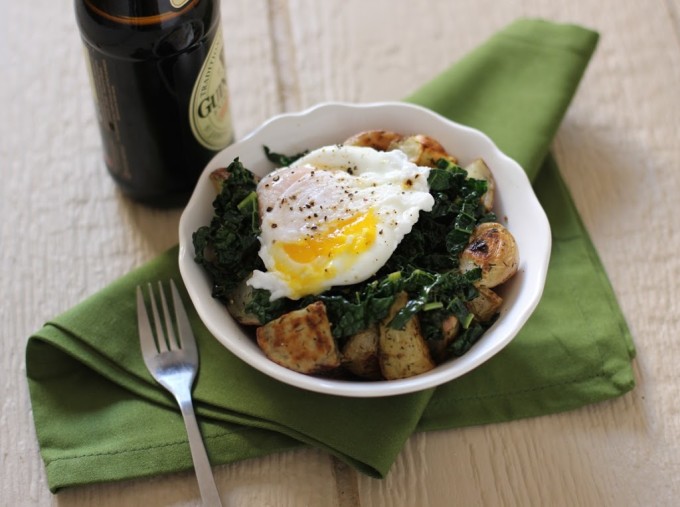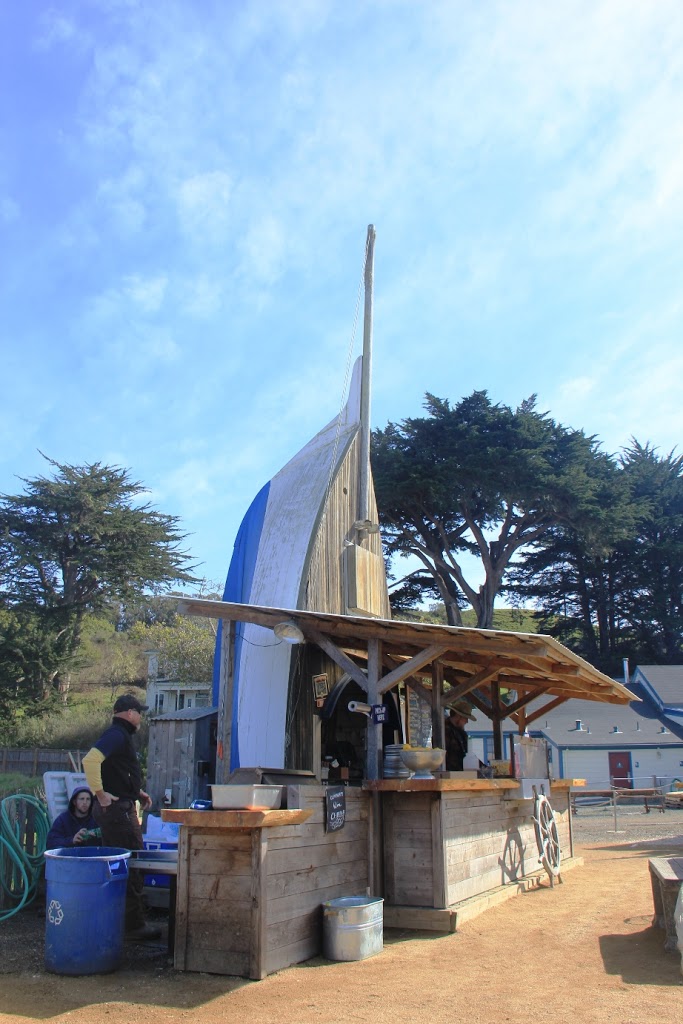I laughed out loud.
I’m not talking about chuckling or giggling here. I’m talking about a huge, hearty laugh. Again, and again, and again.
I’m not sure I’ve ever had a book make me laugh like Gluten Is My Bitch, Rants, Recipes and Ridiculousness for the Gluten-Free by April Peveteaux. At first it might seem odd to laugh at such a serious health condition, but laughter is medicine and humor is healing.
Now I should explain that I don’t have celiac disease or gluten sensitivity, nor do I opt out of eating gluten for personal reasons. I have had my fair share of stomach issues in the past, but mine were corrected by cutting out all artificial sweeteners and fat replacers. In an indirect way, I can relate.
Keeping up on the various ways of eating and nutritional issues is also part of the deal after you spend your college years studying nutrition. The science, the mechanisms, the nutrients – as much as I love food and eating from a creative standpoint my left brain would never be satisfied without the scientific side.
This book has it all, and a little something extra.
When reading about conditions like celiac disease, what you don’t often get is the personal side. A side explaining what it is really like to be forced to change your diet. To eliminate things you love, not because you want to lose weight or reduce risk of disease, but because if you don’t, you will be in serious discomfort. It’s not a choice. There is no option.
I wouldn’t have thought there was a way to make such a serious issue so completely hilarious, but April figured it out. Along the way there are tips for eating out, feeding kids with gluten intolerances, traveling and substitutes for your old favorite foods.
Along with all this laughter and helpful information, there are also lots of recipes, bringing us to reason I wanted to review the book here. Cocktails, cakes, cookies, pasta dishes and meaty main courses like Fried Chicken and Waffles and Italian Meat Loaf.
I knew that the timing of this post would likely align with prepping for my first marathon (it’s Sunday!), so I wanted to make something filling. Something with plenty of (gluten-free) carbs. I also wanted it to be something I hadn’t tried before.
Enter, the Baked Shrimp Etouffée.
This hit the spot. For a gluten free version, April’s recipe calls for millet flour and gluten-free bread crumbs. The flavors are delicious and I love that this baked version is a one pot meal.
Whether you have a gluten intolerance, want to learn more about it, want some great recipes, or simply want to laugh out loud, add this book to your summer reading list.
Baked Shrimp Etouffée
Copyright © 2013 April Peveteaux, reprinted with permission from Abrams Books
Cajun food makes an impression. Or maybe that’s all the booze you ingested with your boudin. Which is why I still remember an etouffée that had a little extra somethin’-somethin’ from my very first trip to New Orleans, which was ages ago.
After experimenting, I do believe the crust atop this shrimp etouffée is spot on with the roux, and the stew, and now a little cheesy crunch. Laissez les bons temps rouler.
Prep time: 20 minutes Cook time: 35 minutes
Makes: 10 servings
INGREDIENTS
1 tablespoon butter
1 tablespoon olive oil
5 garlic cloves, minced
1 bell pepper, chopped
1 Spanish onion, chopped
2 celery stalks, chopped
¼ cup millet flour
2 cups chicken stock
½ teaspoon sea salt
1/8 teaspoon freshly ground black pepper
1 teaspoon hot sauce
1/8 teaspoon cayenne pepper
1/8 teaspoon paprika
½ teaspoon oregano
1½ pounds shrimp, shelled and deveined
5 cups cooked rice
2 tablespoons gluten-free bread crumbs
1 tablespoon grated Parmesan
Parsley, for garnish
Preheat the oven to 350ºF.
In a cast-iron skillet over medium heat, heat the butter and oil. Add the garlic, pepper, onion, and celery, and cook until soft.
Whisk the flour into the onion mixture until well combined. Add ½ cup of the chicken broth and whisk to combine. Gradually add the remaining broth and cook until the mixture has thickened.
Add the salt, pepper, hot sauce, cayenne, paprika, and oregano. Stir, reduce the heat to low, and simmer for about 6 minutes. After 6 minutes, add the shrimp and continue cooking for about 4 minutes more, until the shrimp are pink. Do not overcook the shrimp.
Remove the mixture from the heat and pour it into a medium bowl. Place the cooked rice in the skillet, and top it with the shrimp mixture.
Sprinkle the gluten-free bread crumbs and Parmesan evenly over the shrimp mixture and place the skillet in the oven. Bake until slightly golden brown, 10 to 15 minutes.
Remove from the oven, top with the parsley, and serve.

